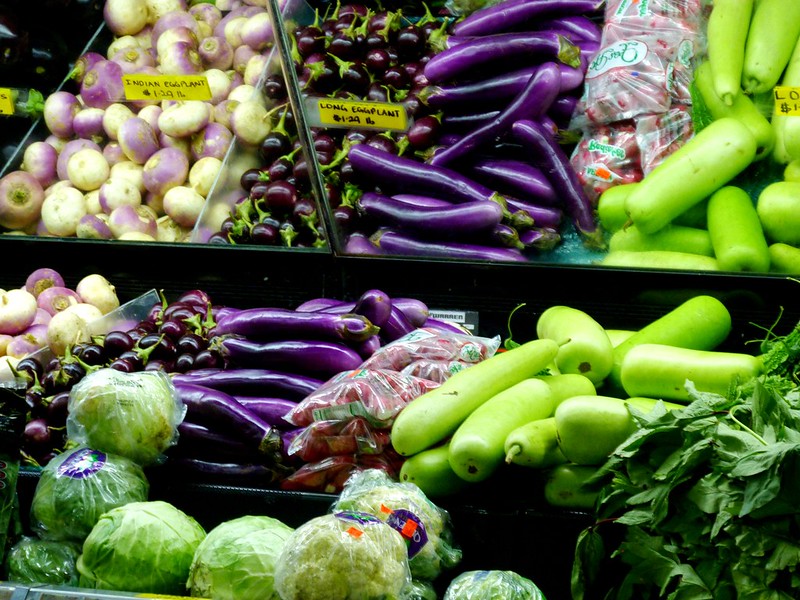A Study Reveals The 10 US Cities That Pay The Most For Groceries

A recent study by fitness and nutrition brand Total Shape has uncovered some interesting, and pretty concerning, facts about the impact of inflation on the cost of groceries across the U.S. According to the latest BLS and USDA data, they found that the average American is expected to spend a staggering 71% more on groceries than last year.
To put it plainly, groceries cost a lot. Although egg prices dropped by almost 14% last month, meat, frozen foods, and vegetables continue to rise. Last year, even the best penny pincher still spent on average $2,280. This year, the USDA expects the cost of groceries to increase to $3,902 — that’s $325 on food each month. If those numbers aren’t troubling, based upon average salaries, the study found that some states will struggle more than others.
Data sourced from Numbeo shows that New York, Honolulu, Oakland, San Francisco, Seattle, Boston, Sacramento, San Jose, Portland, and San Diego are the top ten cities with the highest cost of groceries. Unsurprisingly, New York sits at number one. For example, the average cost of milk in the U.S. ranges between $2.64 to $7.50. That means New Yorkers pay up to $4.86 more than Cincinnati locals, who pay the least for groceries.

Under New York, Honolulu sits at number two on the list. There, if you want to purchase a bottle of mid-range wine, it will run you close to $20, which is the max price of wine being sold in the U.S. Whereas in Kansas City, you can get two bottles for the same price. If you reside in Atlanta, you’ll end up paying the average nationwide price of $13.00. The varying cost of groceries per state is only part of the picture though, as the average salary of each also plays a major role.
The average monthly salary across the U.S. is $4,245.52. For a family of four, monthly bills are estimated to be $3,981.20, and that’s without rent. If you’re single, average monthly bills are estimated to be $1,117 without rent. As you can imagine, that’s an unrealistic cost of living for most people. Another concerning fact is that rent in the U.S. is 49% higher than in the United Kingdom on average. The states that will have to spend more of their salary on groceries are:
- Iowa
- Montana
- Hawaii
- Tennessee
- South Dakota
- Louisiana
- Florida
- Maine
- South Carolina
- Mississippi

A spokesperson for Total Shape shared their thoughts about the findings, “The cost of groceries is an ongoing concern for consumers, and despite prices reported falling to a two-year low in May, many will still be struggling to prioritize buying healthy food and cooking at home over ordering takeout or skipping meals.”
With inflation causing unpredictable fluctuations in the cost of groceries, many consumers will likely turn to less healthy alternatives like fast food and cheaper processed products.
“Whilst there’s nothing wrong with fast food in moderation, it’s concerning that consumers turn to unhealthy meals to avoid the cost of buying groceries — especially as this actually ends up being more expensive in the long run when per-portion costs are considered,” the Total Shape spokesperson continued.

“Planning is key to making healthy eating decisions less intimidating, so there are some ways to help reduce the stress of grocery shopping and ensure you’re not spending more than you can afford. That’s especially important for single-person households, as they’re less likely to budget and have less income to play with than those with partners and children.”






















